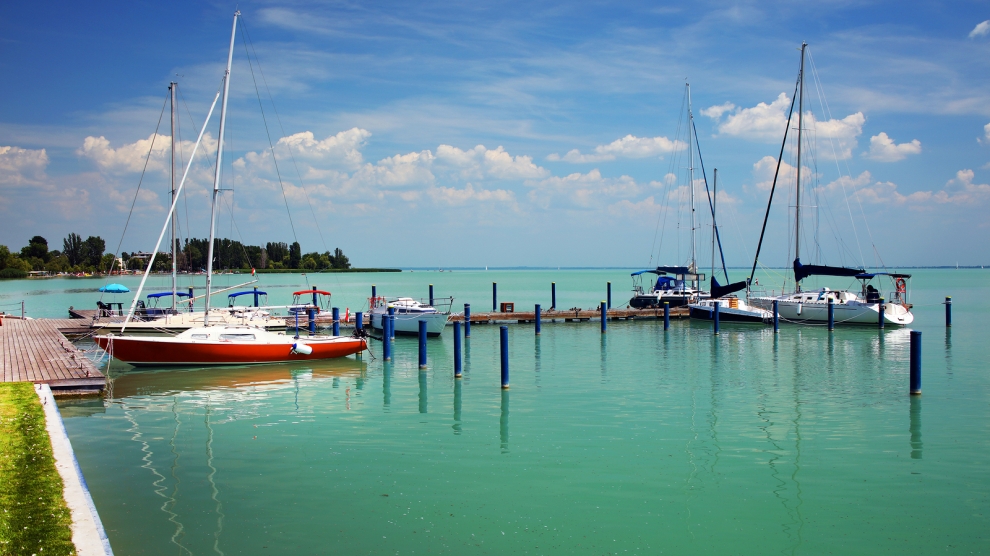August is a month for packing bags. More than 70 per cent of Italians own a holiday house somewhere close to the beach, and the remaining 30 per cent will eventually spend their holidays close to the seaside. Italians are not just about pizza or the mafia. The sea which surrounds the bel paese (nice country) as Italians call it is a crucial part of who we are.
Living in Budapest, when people ask me what I miss most about Italy, my answer is always the same: the sea. Not the Colosseum, not spaghetti alla carbonara, definitely not playing a mandolin. I was born on an island and the sea is what I miss the most.
“But Hungarians have lake Balaton,” people usually say. A lake? Really? How can you even compare a lake to the sea? A lake is usually muddy and green. Where are all the blue shades of the sea? And all the fish and beautiful creatures that live under water? I love diving and I cannot imagine myself diving in a lake, pushing aside seaweed and using a torch to see what’s at the end of my arm.
Nevertheless, I decided to give Balaton a chance. I packed my bags, with summer clothes, swim suits and beach towels. In an hour or so, there it was, the lake Balaton. And it is beautiful. It is the largest lake in Central Europe and maybe the largest I have ever seen. I couldn’t even see the other side, which did give me the impression that I was at the sea. Green and blue mix together beautifully. Seagulls fly over the water while the sun makes it shine and shimmer. And the villages surrounding the lake are just amazing.
Balatonfüred was named international town of grape and wine in 1987, and the wines from this region are really superb. There are many bars along the lake’s embankment, where it is enjoyable to walk. My favourite bar is Sissi’s cafe. Everything is purple, the Empress’ favourite colour.
Tihany is the treasure of the Balaton. King Andrew the 1st built a monastery here in 1055 and the founding letter of the abbey represents today the most ancient Hungarian linguistic memorial. Now it is the hometown of lavender. An open-air market stands everyday in the beautiful narrow streets of Tihany, making the village looking like a town out of a fairytale.
Héviz known to the Romans, thus making me feel a little bit home. Lake Héviz is the world’s largest biologically active and natural healing lake that offers an open-air bathing experience all year round, whether it is snowing or it is a sunny day.
Then comes lunch with locals. My boyfriend’s former coach lives in Balatonfüred and he had invited us for lunch. We arrived there around 11 in the morning and we were welcomed with joy.
“Here you are! Finally! We were waiting just for you.”
I knew Hungarians use to have lunch earlier than Italians but to be late at 11 seemed to me a little bit excessive.
But then he took four small glasses from the kitchen and poured a transparent liquid in them. I didn’t even ask what it was. During the time I have spent in Hungary I learnt one thing: it doesn’t matter where you are or what time it is when someone is offering you pálinka, you have to drink. So I smelt the 60 per cent fruit spirit and drank it all at once. And the second.
“Now we can have lunch,” our said our host.






Add Comment